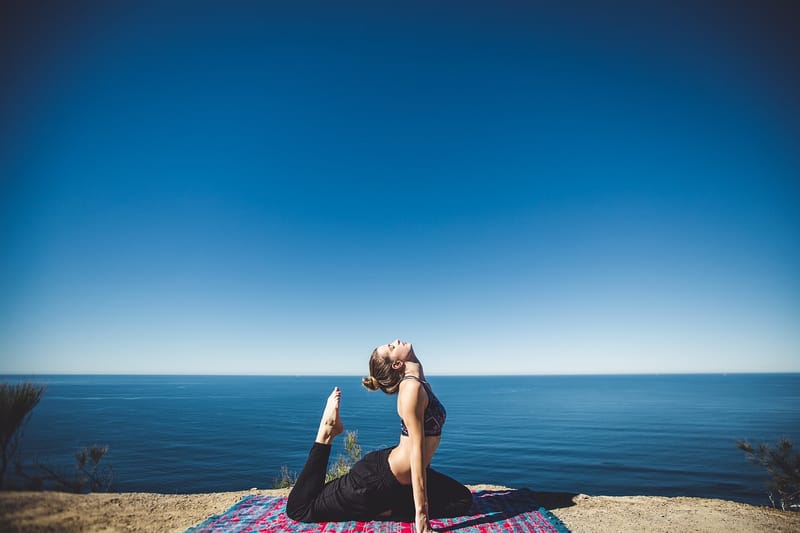Breathing Exercises - Part 3
Effective Techniques to Calm Your Mind and Body - Part 3
Welcome to the third part of our series on calming techniques! In this article, we will explore more strategies to help you find peace and relaxation in your daily life. Whether you're feeling stressed, anxious, or overwhelmed, these techniques can provide you with the tools to regain control and achieve a sense of calmness.
1. Guided Imagery
Guided imagery is a relaxation technique that involves visualizing peaceful and calming scenes in your mind. By focusing on pleasant images, such as a serene beach or a tranquil forest, you can reduce stress and promote a sense of well-being. You can find guided imagery scripts online or use meditation apps to assist you in this practice.

2. Progressive Muscle Relaxation
Progressive muscle relaxation is a technique that involves tensing and then relaxing each muscle group in your body. By systematically working through your muscles, you can release physical tension and promote relaxation. This practice is particularly beneficial for those who carry stress in their bodies.

3. Grounding Techniques
Grounding techniques help you stay present and connected to the here and now. One common grounding exercise is the 5-4-3-2-1 method, where you identify 5 things you can see, 4 things you can touch, 3 things you can hear, 2 things you can smell, and 1 thing you can taste. This technique can help reduce anxiety and bring your focus back to the present moment.

4. Journaling
Journaling is a powerful tool for processing emotions and calming the mind. By writing down your thoughts, feelings, and experiences, you can gain clarity and insight into your inner world. Journaling can help you identify triggers for stress and anxiety, allowing you to address them more effectively.

Try incorporating these calming techniques into your daily routine to cultivate a greater sense of peace and well-being. Remember, finding what works best for you may require some experimentation, so be patient with yourself as you explore these practices. Stay tuned for more calming techniques in our upcoming articles!
